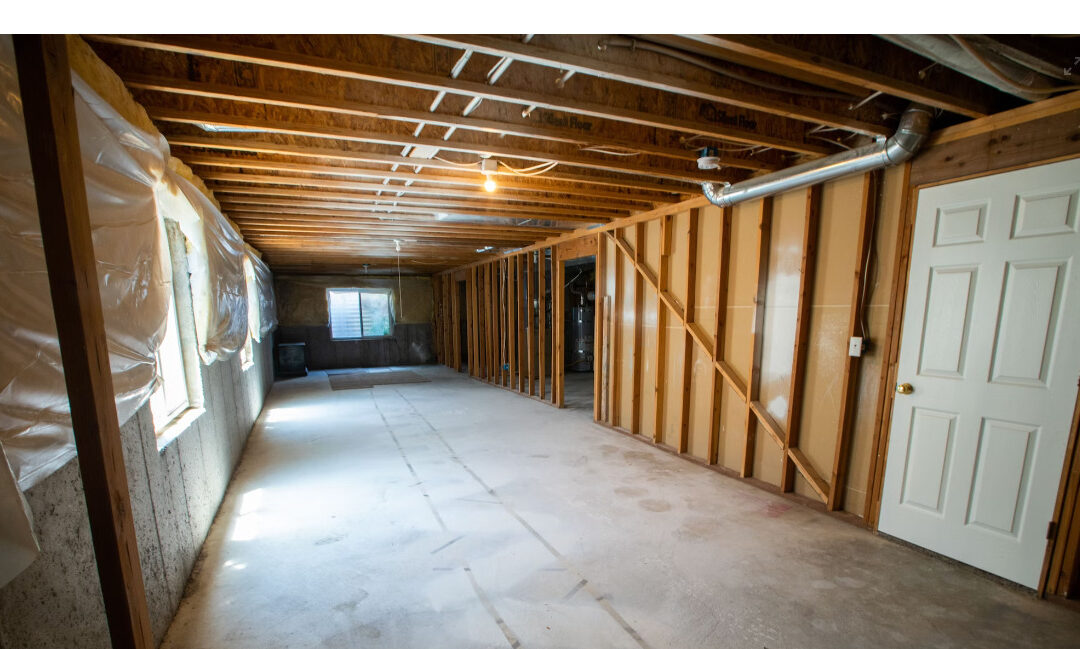Minnesota homeowners are no strangers to the risks associated with water damage, especially in their basements. Heavy rainfall, melting snow, and plumbing issues can all lead to costly water damage repairs. To avoid being underinsured and protect your home from these potential expenses, it’s essential to understand water backup coverage, its benefits, and how to determine the right amount of coverage for your specific circumstances.
Water Damage to Your Basement: The Costly Consequences
Water damage to a basement can have a significant financial impact. Whether your basement is a finished living space, used for storage, or houses vital home systems like HVAC, a sudden water backup can result in costly repairs. Some common causes of basement water damage in Minnesota include:
- Heavy Rainfall and Flooding: Minnesota is known for its unpredictable weather. Heavy rains and flash floods can inundate basements, causing extensive damage to the structure, contents, and electrical systems.
- Plumbing Failures: Burst pipes, clogged drains, or sewer line backups can lead to water entering your basement, potentially damaging walls, flooring, and personal belongings.
- Appliance Issues: If you have a washer, dryer, or HVAC systems in your basement, a malfunction or leak can quickly lead to water damage.
Understanding Water Backup Coverage
Water backup coverage is an optional addition to your homeowners’ insurance policy designed to protect your home from damage caused by water backing up through sewers, drains, or sump pumps. This coverage typically includes repairs to your home’s structure, cleaning and restoring damaged items, and sometimes additional living expenses if your home becomes temporarily uninhabitable due to water damage.
Determining the Right Coverage Amount
The amount of water backup coverage you need depends on various factors related to your basement:
- Basement Size: Larger basements typically require more coverage due to the potential for increased damage.
- Finished vs. Unfinished: Finished basements with costly flooring, walls, and furniture may require more coverage than unfinished spaces.
- Bathroom: If your basement includes a bathroom, the cost of repairs can escalate significantly if water damage occurs there.
- Appliances: The presence of a basement washer, dryer, or HVAC system can increase the risk of water damage, warranting higher coverage limits.
- Flooring Material: The type of flooring in your basement also affects repair costs. High-end materials like hardwood or tile can be more expensive to replace than carpet or laminate.
Determining the right coverage amount requires an assessment of these factors to ensure you have adequate protection. Consult with your insurance agent to evaluate your specific needs and select an appropriate coverage limit.
Water damage in your Minnesota basement can be a costly and unexpected expense. To avoid being underinsured, consider adding water backup coverage to your homeowners’ insurance policy. Evaluate your basement’s size, finish, presence of appliances, and flooring material to determine the right coverage amount for your circumstances. By taking these steps, you can protect your home and financial well-being from the potential financial burdens of basement water damage. Remember, it’s always wise to consult with your insurance provider to tailor your coverage to your unique situation.

